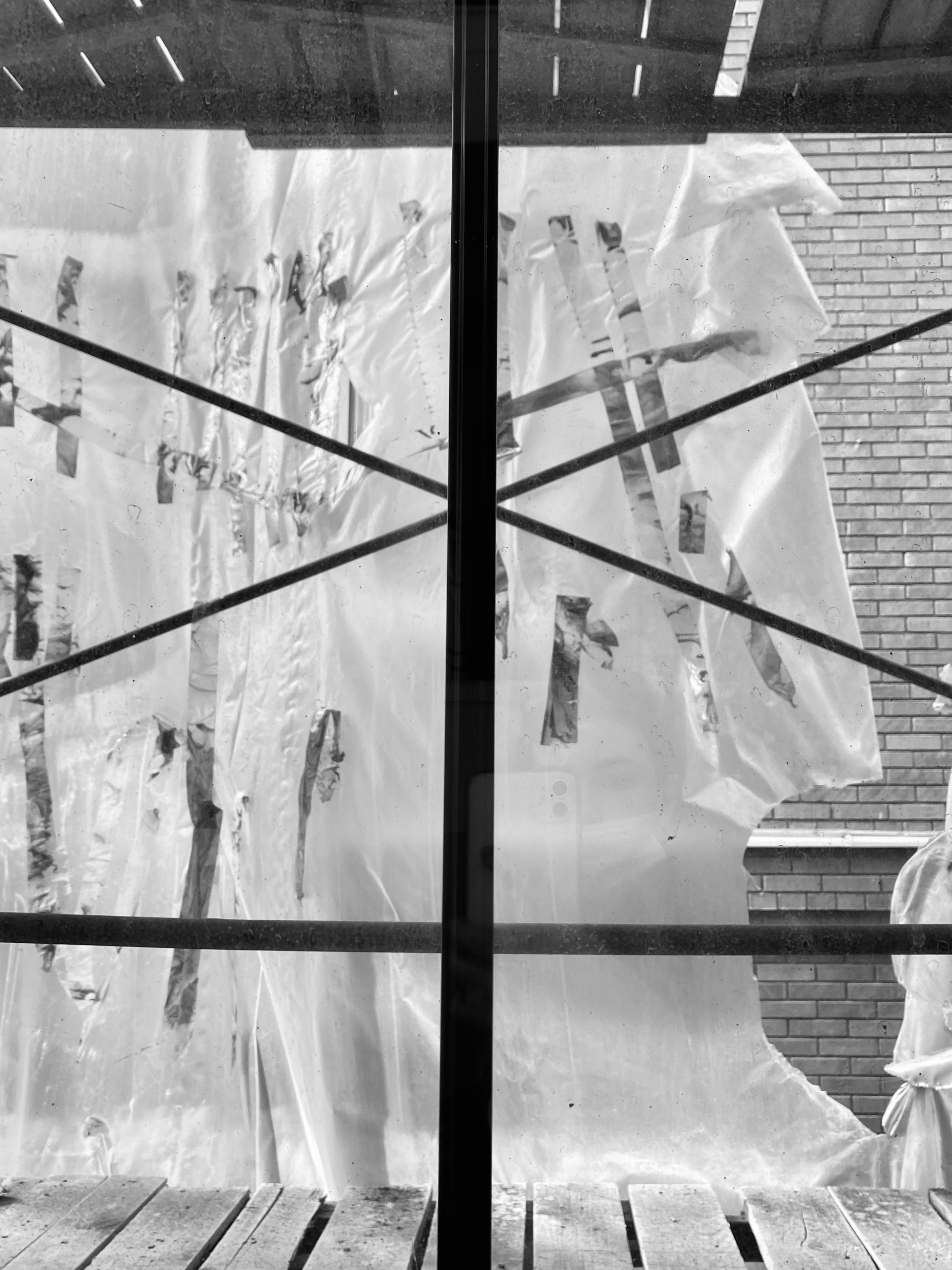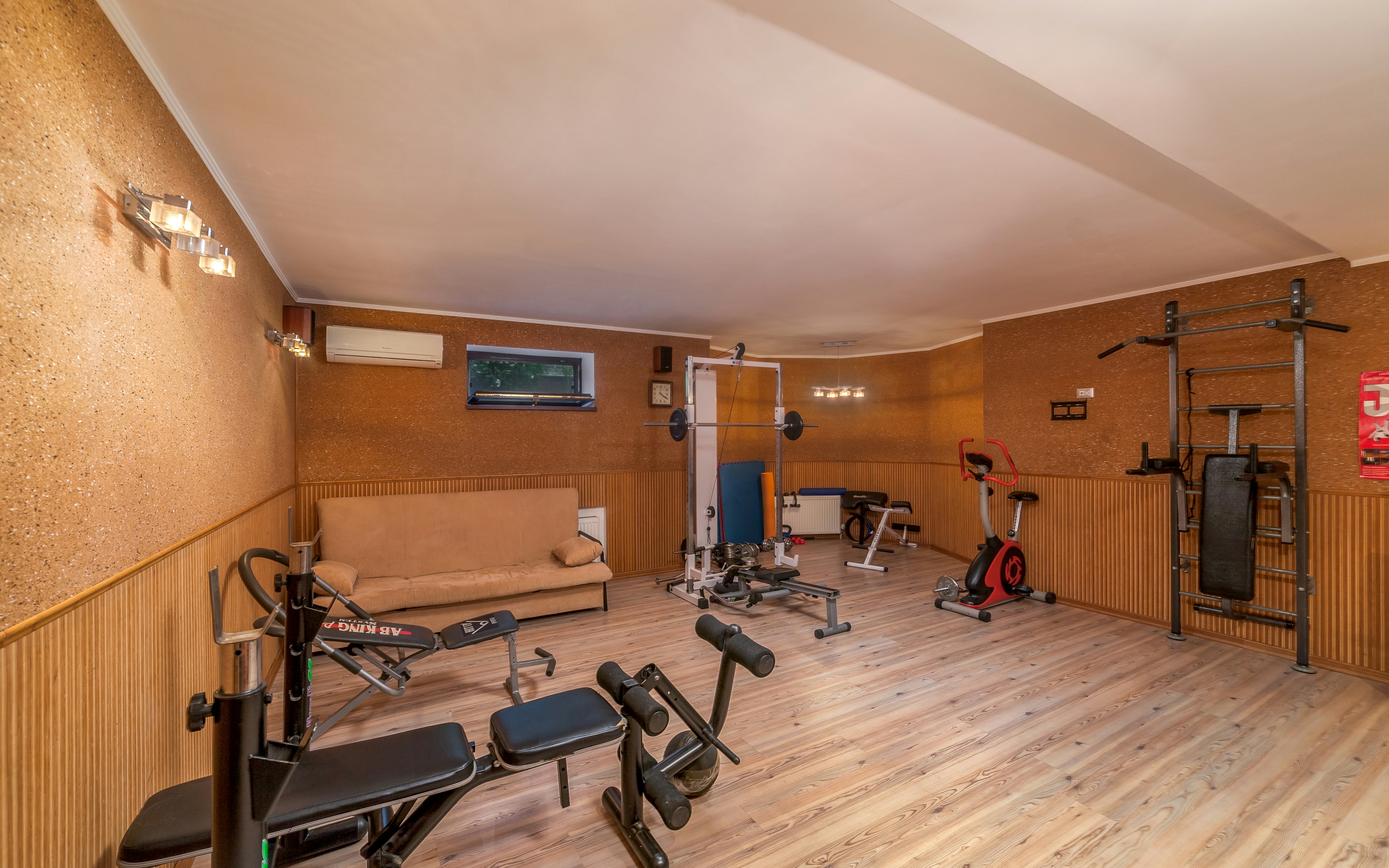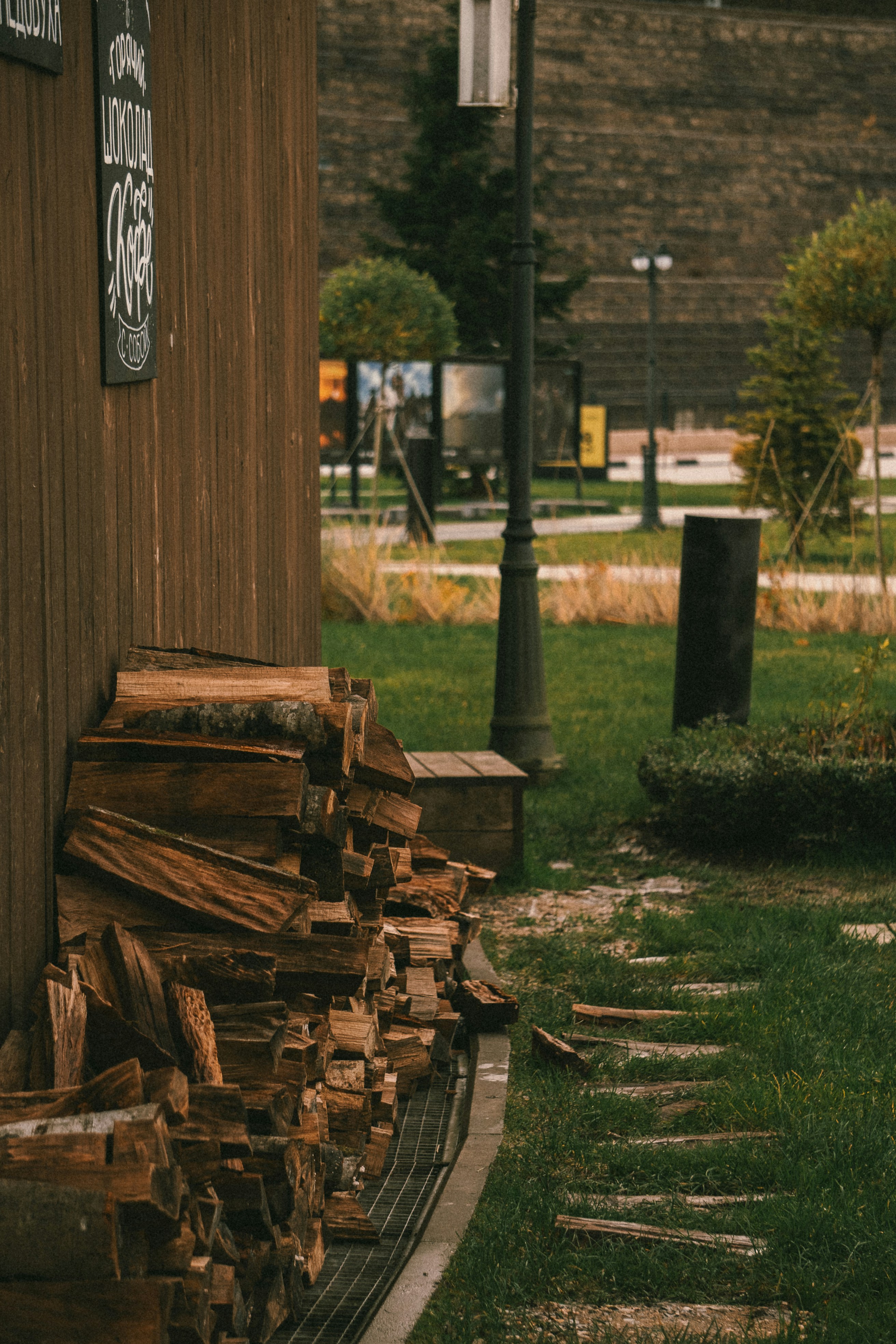Introduction to Weatherstripping
Weatherstripping is a critical component of a home’s energy efficiency strategy, playing a vital role in minimizing heat loss and maintaining indoor comfort. It involves sealing gaps around doors, windows, and other openings to prevent drafts, thereby reducing the energy required to heat or cool a home. This is particularly essential in regions like Indiana, where seasonal temperature fluctuations can lead to significant energy consumption. Effective weatherstripping can result in a more stable indoor environment, support energy-saving initiatives, and lower utility bills.
In a state characterized by its diverse climate, which includes hot summers and cold winters, the importance of proper weatherstripping cannot be overstated. Drafts not only lead to discomfort but can also significantly increase heating and cooling costs. Homeowners in Indiana are encouraged to assess their weatherstripping needs regularly to ensure that their homes remain energy-efficient throughout the year. By addressing gaps and sealing leaks, homeowners can enhance comfort while also supporting broader energy conservation efforts.
Modern advancements in weatherstripping materials have expanded the options available, allowing for a variety of choices that cater to different preferences and applications. From traditional materials such as foam and felt to more innovative solutions designed for improved durability and performance, the range available ensures that homeowners can find an appropriate fit for their specific needs. Understanding the available options and their effectiveness in the Indiana climate is essential for making informed decisions about home weatherproofing strategies.
Foam Weatherstripping: Advantages and Disadvantages
Foam weatherstripping is a popular choice for homeowners and businesses looking to improve energy efficiency and reduce air leaks. Typically made from materials such as polyurethane or polystyrene, foam weatherstripping comes in various thicknesses and densities, allowing it to be tailored to different applications. One of the primary advantages of foam weatherstripping is its ease of installation. It often features an adhesive backing that allows for quick application without the need for complex tools or processes. This user-friendly characteristic makes it especially appealing for DIY enthusiasts and those looking to undertake home improvement projects.
Flexibility is another significant advantage of foam weatherstripping. Its ability to compress and conform to irregular surfaces means that it effectively seals gaps around doors and windows, significantly reducing air infiltration. This effectiveness translates to lower energy bills by maintaining a consistent indoor temperature. Furthermore, foam weatherstripping is lightweight and can be easily cut to length, allowing it to be customized for various needs.
However, there are notable disadvantages to consider. One drawback of foam weatherstripping is its durability. While it can be effective initially, exposure to the elements may lead to degradation over time. Factors such as UV light, moisture, and temperature fluctuations can cause foam to wear out or compress more quickly than other options, such as rigid or metal weatherstripping products. Additionally, over time, foam may lose its elasticity, leading to diminished sealing capabilities. Compared to alternatives like felt or rubber, foam may not be as long-lasting, particularly in extreme weather conditions.
Overall, while foam weatherstripping offers significant advantages in terms of application and initial effectiveness, its long-term performance can be compromised by environmental stresses. Evaluating both the pros and cons of foam compared to other weatherstripping materials is crucial for selecting the most suitable option for specific installation needs in Indiana.
Felt Weatherstripping: Pros and Cons
Felt weatherstripping, primarily composed of compressed wool or synthetic fibers, has been a traditional choice for sealing gaps and preventing air leaks in residential properties. This material is often utilized for window sashes, door frames, and other applications requiring a reliable barrier against weather elements. One notable advantage of felt weatherstripping is its cost-effectiveness, making it an attractive option for homeowners seeking to reduce energy costs without significant investment. Additionally, its ease of installation contributes to its popularity, as it can be cut to fit various lengths and applied with adhesives or staples.
Aesthetic appeal is another benefit of felt weatherstripping. The soft texture and neutral colors often blend seamlessly with various home interiors, catering to those who prioritize design alongside functionality. Felt’s ability to provide a decent seal against drafts enhances its utility, particularly in moderate climates where the need for insulation is pronounced but may not justify the expense of modern alternatives.
However, felt weatherstripping does come with limitations. Over time, the material may wear out, especially in high-traffic areas or on surfaces subjected to frequent movement, such as doors. The porous nature of felt also leads to moisture absorption, which can compromise its effectiveness. When exposed to excess moisture, felt tends to lose its insulating properties, which may necessitate more frequent replacements compared to other weatherstripping options like foam or synthetic seals. Comparing felt to foam alternatives reveals distinct differences in durability and water resistance. Modern options, including silicone and rubber seals, often outperform felt when it comes to longevity and resistance to the elements.
Ultimately, while felt weatherstripping offers notable benefits such as affordability and ease of use, it is essential for homeowners in Indiana to consider the specific environmental conditions and trade-offs involved in choosing this material over other more contemporary solutions.
Modern Alternatives to Traditional Weatherstripping
In recent years, the development of modern weatherstripping materials has significantly altered the landscape of home insulation and energy efficiency. Among these innovative options, silicone, rubber, and magnetic strips have gained substantial popularity due to their exceptional performance and durability compared to traditional materials like foam and felt. Each of these modern alternatives brings unique advantages that cater to the needs of homeowners seeking effective solutions for sealing gaps and preventing drafts in their residences.
Silicone weatherstripping is particularly advantageous as it exhibits remarkable flexibility and resilience against temperature fluctuations. This type of material remains effective in a wide range of weather conditions, making it an ideal choice for the variable climate prevalent in Indiana. Its longevity is noteworthy; silicone can last up to 20 years or more when installed properly, significantly outpacing the lifespan of foam or felt alternatives. Furthermore, silicone weatherstripping is immune to several environmental factors, such as moisture and UV radiation, which can lead to deterioration in other materials.
Rubber weatherstripping is another modern alternative that offers robust sealing capabilities and excellent insulation properties. It provides a tighter seal compared to foam weatherstripping and holds up well under frequent use, making it suitable for high-traffic areas such as doors and windows. Additionally, rubber options are often resistant to wear, ensuring a reliable barrier against drafts and moisture ingress.
Lastly, magnetic weatherstripping presents an innovative solution particularly for doors and windows that experience regular opening and closing. The ease of installation and removal makes it a convenient choice for homeowners. Plus, the magnetic properties allow for a strong seal that can significantly reduce air leakage. Given Indiana’s climate, utilizing these modern materials can lead to enhanced energy efficiency, lower utility bills, and improved comfort throughout the year.
If you’re interested in purchasing the item you seek, please click the link for additional details: #americanachoice.
https://amzn.to/3SBN3Oy
AFFILIATE DISCLOSURE: I am an affiliate for this company, I am not a paid employee.
I may receive a commission if you click a link on this page and choose to purchase something.
You can rest assured I will only share things I believe in and will be valuable to you.



